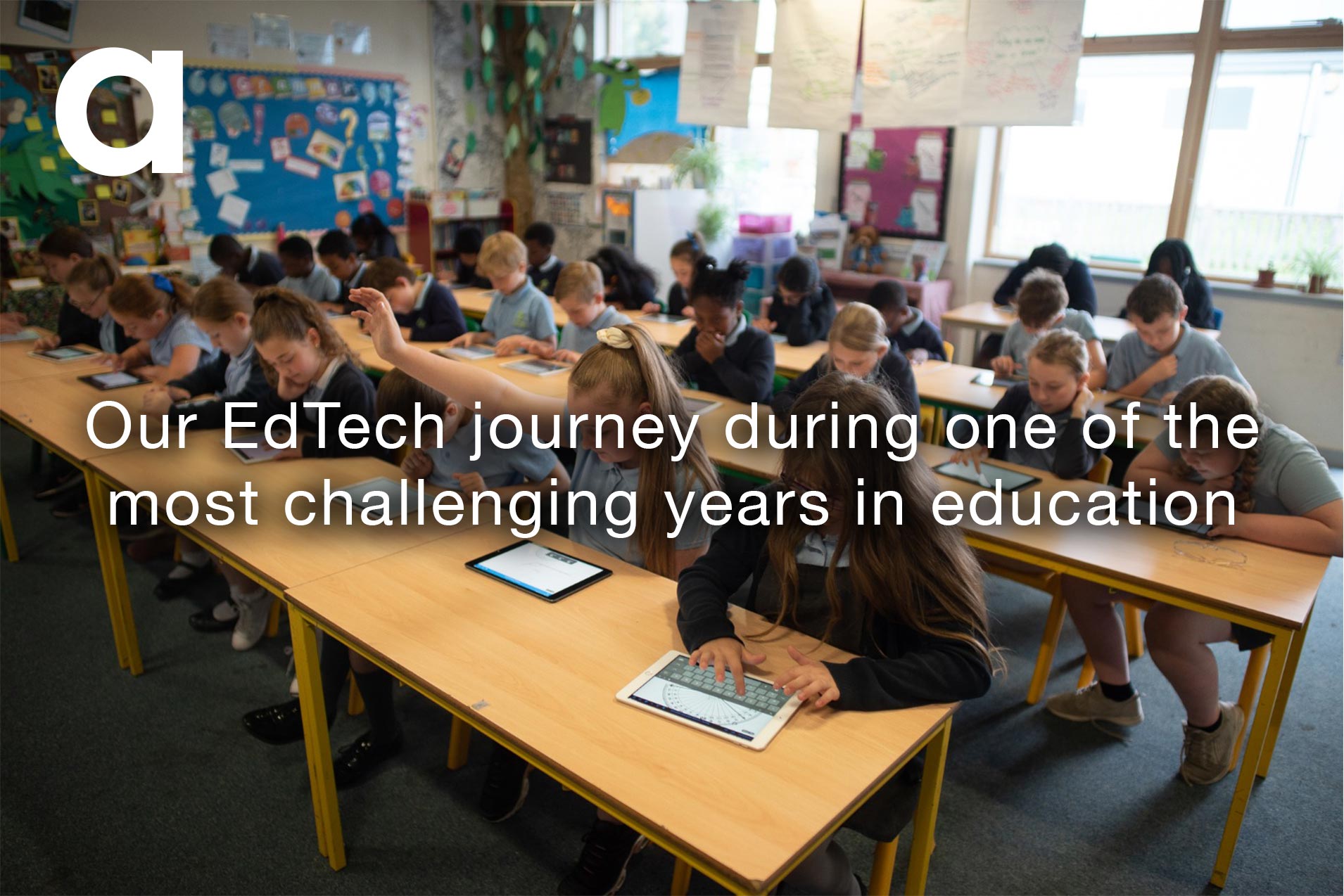
19 Jul Our EdTech journey during one of the most challenging years in education
Education Technology, also known as EdTech, is the current buzzword in the education sector. The Covid-19 pandemic has thrown into sharp relief the need to close the digital divide and invest in new education technology to bring teaching and learning into the modern age.
Early in 2020, I had the opportunity to visit the Apple Headquarters in the United States. I was excited to gain some new ideas to help reinvent our computing curriculum but had little expectations beyond this. However, I was inspired by what I discovered and returned to the UK ready to jump into the world of education technology and explore what it could do for our schools.
As a Trust, we decided to not only redesign our computing curriculum, but our whole curriculum to introduce a more digital approach to teaching. We felt embedding education technology in our schools was essential to prepare our children with the skills to excel in the modern world. The traditional method of teaching was based on learning information, but with the modern-day overload of information at our fingertips, our pupils need to develop IT skills to navigate, verify and know how to use this information effectively and our teaching style needs to reflect this.
We initially organised a pilot project, introducing 30 iPads at each of our four schools to see how they would work and identify any issues. We also agreed to 10 days of training for our staff with Apple Education.
The first five days were dedicated to training our Digital Champions so that we had key staff across the Trust and within each of our schools to support our collective tech journey, become the in-school experts and guide other staff members. Our Digital Champions have been instrumental in launching our EdTech transformation.
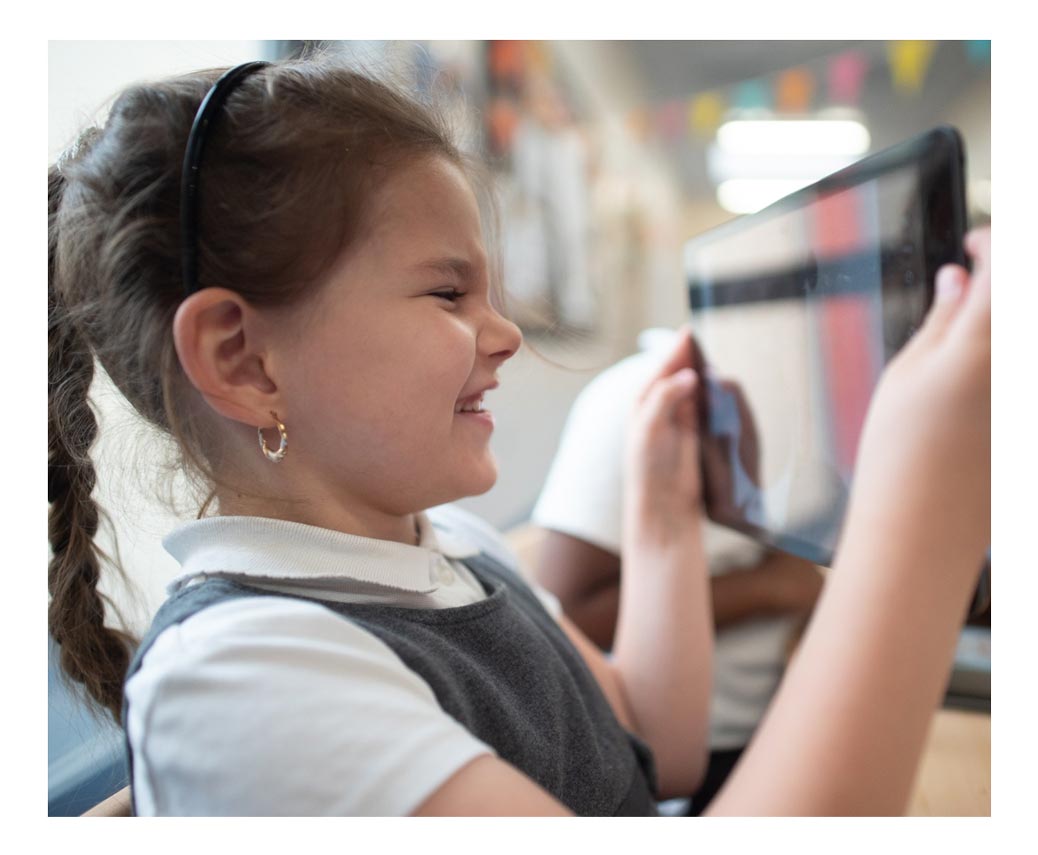
The other five days of training brought together year group teachers to practice developing resources to support the delivery of the curriculum using the iPads. For example, our Year 5 teachers developed a resource to support the teaching of Space. We then had a professional development meeting for all staff, focusing on areas that had been identified through discussions on concepts such as how to use the accessibility tools to support pupils with SEND (Special Educational Needs and Disabilities), and how to use Augmented Reality in the classroom.
Our pilot was incredibly successful, and we saw an immediate increase in engagement, including some of our pupils who previously found it difficult to access the curriculum. It also sparked exciting conversations with our pupils and the iPads helped them to explore their creativity in ways that we had not considered, and we discovered new skill sets that we did not know our children had. The trial also had a positive impact on our staff, who were particularly enthused to see how using the accessibility tools to support some of our SEND and EAL (English as an Additional Language) children had a particularly quick impact.
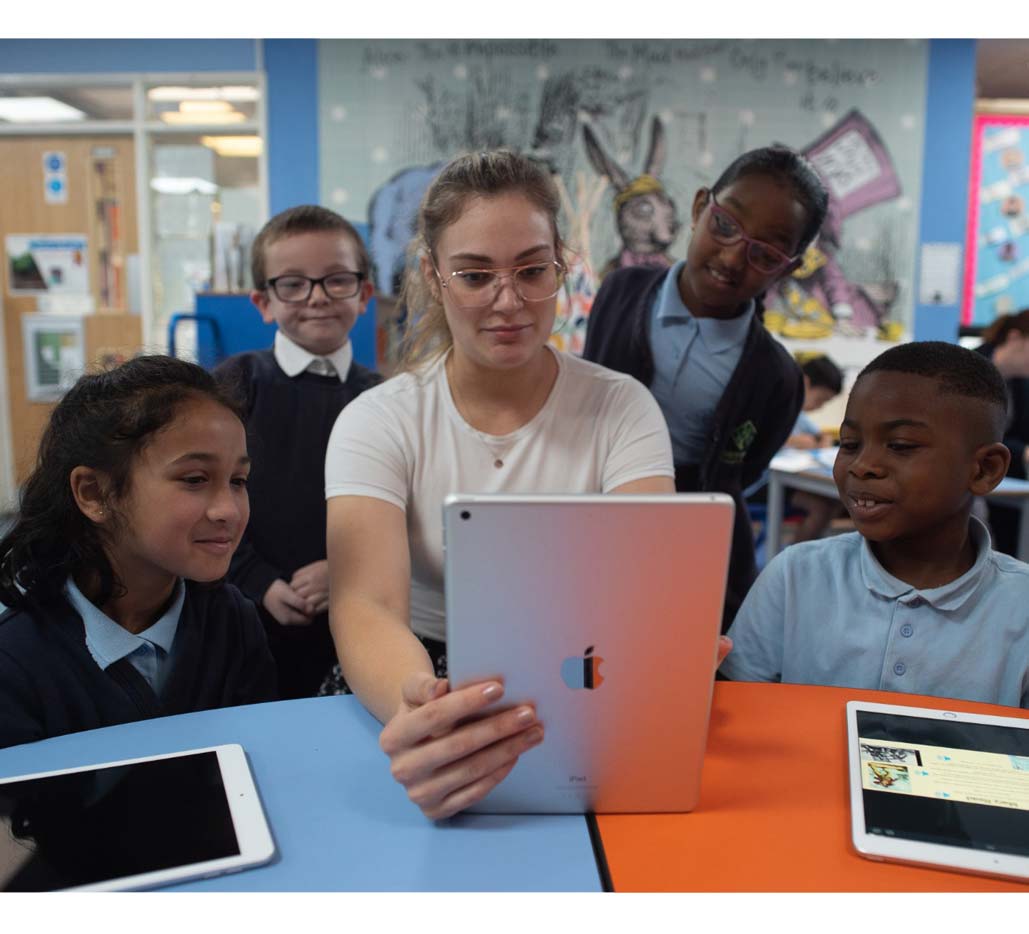
Shortly after our pilot, we entered the first national lockdown of the pandemic. I felt my newfound enthusiasm for education technology had come at the right time as I now knew the types of programmes we could use to not only facilitate home learning but transform some of our teaching practices. Even though I had already started on the digital transformation, my challenge suddenly became developing it just as the nation shut its doors.
We pushed ahead and the next step was to produce a clear digital strategy that linked cohesively with our education strategy. As part of this process, we spoke to other schools with EdTech programmes to see how they worked in practice. We also formed a working party that involved representatives from across the Trust, including each of the schools, the Trust finance team and Trust services. This was a great way to take everyone with us on our EdTech journey, engage with their feedback and make sure the digital strategy would work for everyone. Over the last several months, we have worked together to establish a strategy that has clear goals for each academic year, over the course of the next three years.
Before implementing the strategy, we communicated with our staff, parents and pupils so they understood why we had decided to take a whole curriculum approach to our digital transformation, the benefits it would bring and what was required of them over the next few months to integrate the technology successfully.
As we continue to progress through our transformation and begin turning our ideas into practical outcomes, we are working closely with Apple to monitor the impact that implementing education technology will have on our schools. We conducted an initial staff survey to capture how our team were feeling about the process, their experiences so far and expectations about what was to come. We will carry out another staff survey in six months’ time to see how their opinions have changed and record any impacts they are witnessing with their pupils and as teachers themselves.
While having the EdTech embedded before the pandemic would have been fantastic, it has been an eye-opening time to be employing a new form of technology. We have experienced first-hand what it is like for our pupils and teachers to work remotely and have been able to see what works well for them and areas that our new technology could help to address. The timing has also helped to bring our stakeholders on board as everyone from parents to board members have seen how necessary it is for our pupils to have devices and develop IT skills.
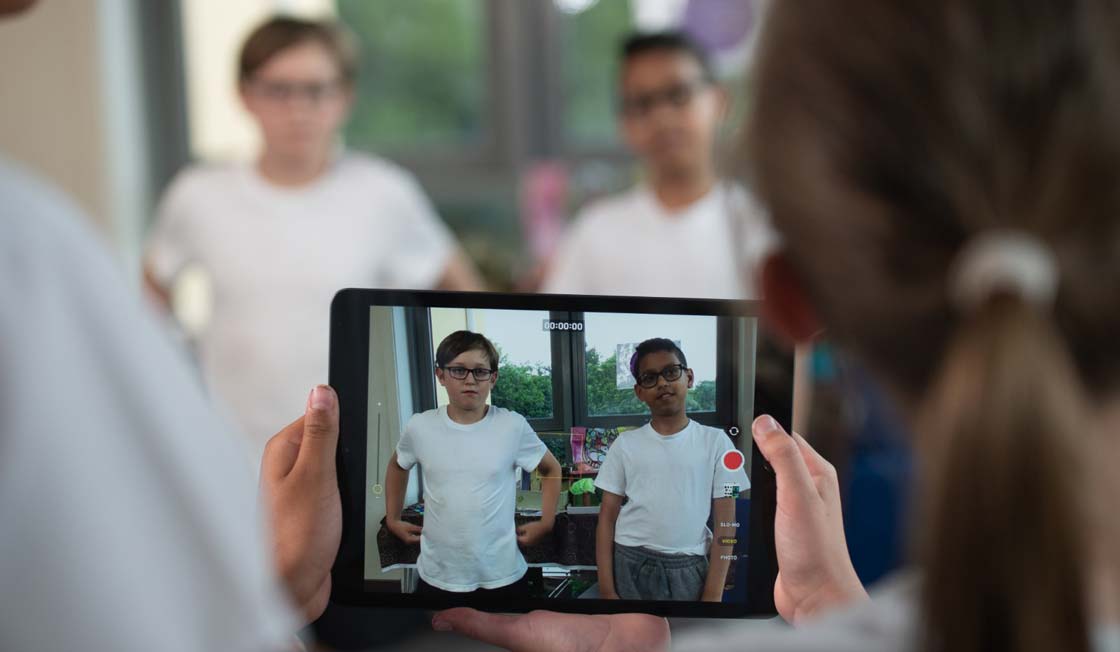
Furthermore, there has been lots of conversation about EdTech and we have been learning about other schools and trusts’ experiences and using their advice to avoid the same pitfalls. There are also new versions of software and apps being developed all the time and we are benefiting from a huge range of options to choose from.
Now we have completed our successful pilot project, collaborated with our working party, created our digital strategy and communicated with our staff, pupils and parents, we are excited to move into the next phase of our transformation. We aim to introduce an iPad for every pupil across our schools within the next three years. This will close any digital divide and ensure all our pupils have access to the same quality devices to pursue their learning both in and outside the classroom.
We will also be investigating how we can use this technology to boost parental engagement and reach some of our more isolated families by live streaming school events and making it easier to share and review their children’s work through their iPads.
Our Trust is building a brand-new free school that is set to open in the future and will implement our digital strategy from day one with all pupils having their own iPad. We are currently working with our IT contractors to build in state-of-the-art whiteboards, a specialist sensory space, and an interactive table for our Early Years pupils and other technologies throughout the school so that our pupils can benefit from the latest equipment.
Our end goal is for all our schools to become Apple distinguished schools. This accreditation is given to schools that Apple believe are centres of leadership and educational excellence and demonstrate Apple’s vision for learning with technology. We will be working towards this status and sharing our learning with other schools and trusts in our community and across the UK.
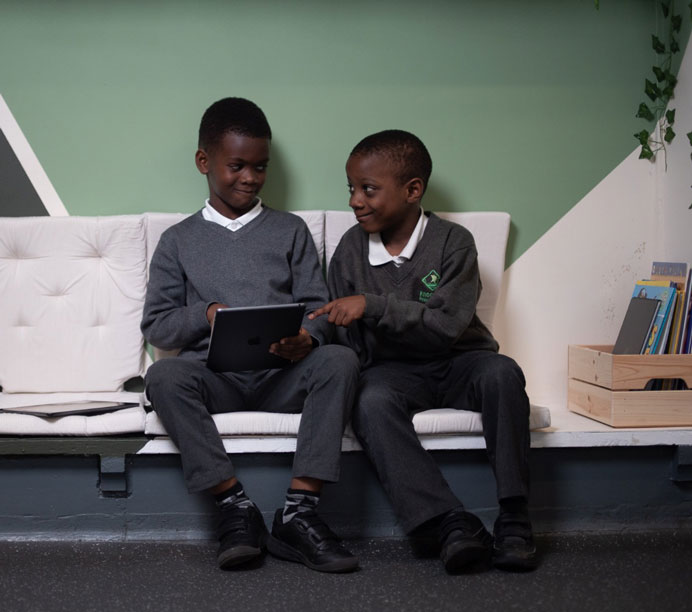
Tips
1.Visit other schools with EdTech programmes
It is useful to hear the experiences of other schools, see how they have embedded it and what has worked.
2. Communicate with your community
These transformations work most successfully when your pupils, staff and parents understand what is happening and the value it will bring.
3. Set clear and achievable goals
Implementing a new technology can feel overwhelming so set achievable goals and lay out a roadmap of how you will reach your overall aim.
4. Identify digital champions
Appoint digital champions amongst your staff who can help drive the project and also within each classroom so that the project is supported by the children.
5. Involve parents
We held a series of parent workshops to explore using iPads so they felt comfortable in supporting their children with home learning.
6. Negotiate to secure the best deal
Do not be afraid to negotiate with providers to get the best deal and the support you need.
By Julie Carson, Director of Education at Woodland Academy Trust
Please fill out the form to find out more


